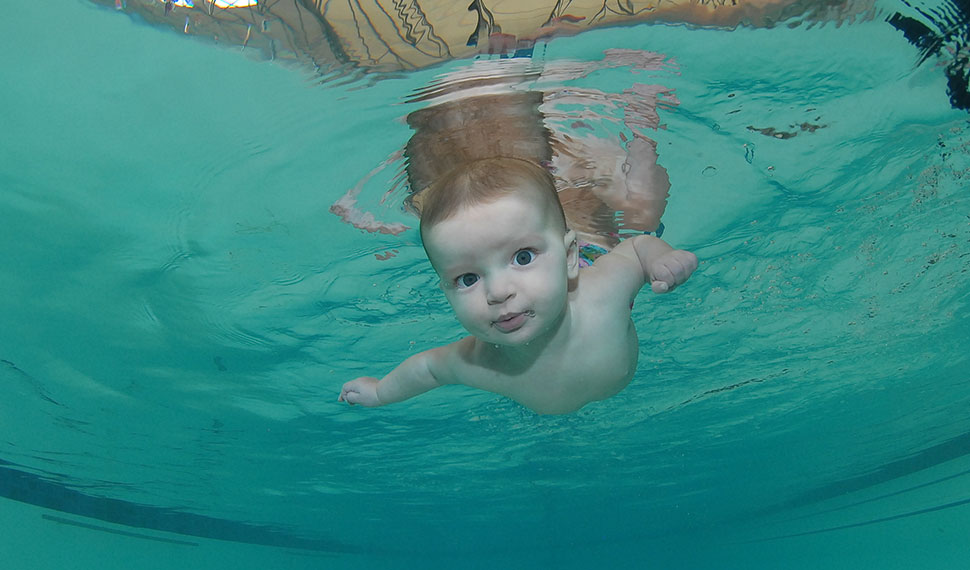
Expectations

Like any athletic, musical, or educational endeavor, you will get out of it what you put into it. It takes several occasions combining near-perfect practice, repeated drills, and overall exposure to swimming before children learn to swim.
How long will it take for them to learn? That’s a difficult question to answer. It depends on several factors:
- The student’s prior experience with swimming.
- The level of apprehension and anxiety (stranger and separation anxieties).
- The level of comprehension (understanding the task and executing it).
- Too much exposure elsewhere (ie. picking up undesirable habits).
- Expectations – what does the parent/adult want the student to get from the experience? Fun? Comfort? Water safety? Preparation for swim team?
Swim lessons are a commitment. Before signing up, you should be aware of that. Children will not learn to swim overnight, especially given the fact that they will only be learning and efficiently practicing for approximately 1 hour per week. Some students learn more quickly than others, some retain their skills longer than others. If you are looking for a young child to be able to dive in, swim twenty feet, take a breath, float on their backs, etc. that will take time. Again, we do our best to maximize a student’s potential at each lesson. Our instructors can give you a solid assessment and approximate determinations and timelines after working with your child.
Often times, students struggle to learn to swim as they increase in age. Four or five year-old children may experience more anxiety because they will mentally process their situation more comprehensively, whereas a younger child may tend to be more “carefree”. This is yet another reason why starting classes at any early age is beneficial. See “Students with Apprehension and Anxiety” for additional information.
The descriptions below are vague outlines of how a child may progress through our program. Again, children learn at their own rate. Consistency with lessons is the best way to achieve the desired result.
INFANT CLASSES (3 months – 18 months): A parent is needed to assist the instruction while the infant learns to swim. In basic terms, the instructor uses a soft touch and repetitive motions when teaching. The goal is to have the infant floating on his/her belly, face in the water, eyes open, while working on breath-control and lung development. Gradually, the distance of the float increases and the instructor works on having the infant pick up toys underwater (which gives them a focal point, encourages them to hold their breath longer and provides them an opportunity to develop hand-eye coordination). Eventually, the baby will be able to “sit-dive” (fall into the pool from the edge, with assistance), pick up toys off the floor of the pool, and work on using their arms to help propel them through the water. Most often, an infant that starts lessons at 3 or 4 months of age will be swimming across the pool, completely unaided by the time they are 16-18 months old. This is not a guarantee, but it is common. For more information on how and why infants should begin swim lessons right away, navigate to our Media pages to watch videos and read articles.
TODDLER CLASSES (18 months – 3 years): Similar to infant classes, toddlers start off with floating, eyes open, picking up toys, and sit-diving. The use of arms (called “digs”) is introduced, as this is how students swim from one point to another. Once students are able to “dig” a sizeable distance (20-25 feet), they are taught how to look up for a breath so they can continue swimming a further distance. Finally, kicking and backstroke are introduced. Kicking is taught after a prone glide and digs are mastered because most young children merely “run” in the water and end up in a vertical position, which does not really qualify as swimming. Drills such as diving in and swimming back to the starting point are practiced regularly.
CHILD CLASSES (3 years and up): Child classes are run quite similarly to toddler classes. The foundation is relaxed floating; digs are introduced, followed by breathing, kicking, and backfloats. Children will then learn “zippers” (the crawl stroke or freestyle), side-breathing, backstroke, breaststroke, and butterfly. Our instructors focus heavily on teaching an efficient technique so that children will be ready to join a swim team, if that is the goal.
ADULT CLASSES: Adult classes follow the same steps as child classes. Often times, swim fins are used to help adults stabilize floating. The goals are relaxed, fluid, effortless swimming and overall comfort and enjoyment in an aquatic environment.
